Using Laravel Horizon for Queue Management and Monitoring
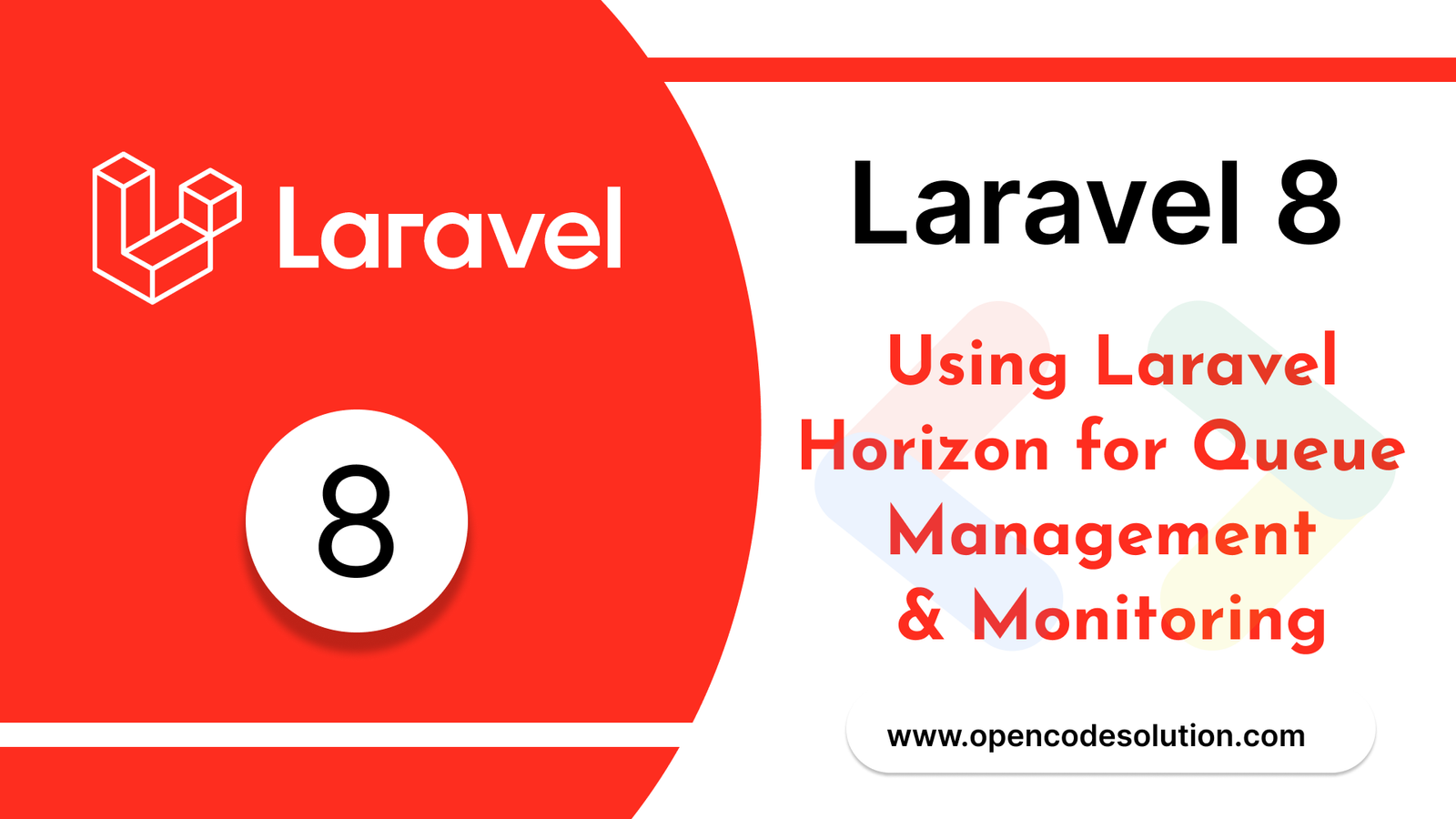
Queues are an essential part of modern web development. They allow us to offload time-consuming tasks from our application's main thread, making it more responsive and scalable. However, managing queues can be challenging, especially as the number of queued jobs increases. That's where Laravel Horizon comes in. Laravel Horizon is a powerful tool for managing and monitoring queues in Laravel applications. In this article, we'll take a closer look at how to use Laravel Horizon for queue management and monitoring.
Here's a step-by-step guide on how to use Laravel Horizon for queue management and monitoring:
Step 1: Install Laravel Horizon
You can install Laravel Horizon via Composer. Run the following command in your terminal:
composer require laravel/horizon
Step 2: Publish the configuration file
After installing Laravel Horizon, you need to publish the configuration file using the following command:
php artisan vendor:publish --provider="Laravel\Horizon\HorizonServiceProvider"
This will publish the horizon.php configuration file to the config directory.
Step 3: Configure the Redis connection
Laravel Horizon uses Redis to manage queues. You need to configure the Redis connection in the config/database.php file. Here's an example configuration:
'redis' => [
'client' => env('REDIS_CLIENT', 'phpredis'),
'options' => [
'prefix' => env('REDIS_PREFIX', ''),
],
'default' => [
'url' => env('REDIS_URL'),
'host' => env('REDIS_HOST', '127.0.0.1'),
'password' => env('REDIS_PASSWORD', null),
'port' => env('REDIS_PORT', '6379'),
'database' => env('REDIS_DB', '0'),
],
],
Step 4: Start the Laravel Horizon server
You can start the Laravel Horizon server using the following command:
php artisan horizon
This will start the server in the foreground. If you want to run it in the background, you can use the --daemon option:
php artisan horizon --daemon
Step 5: Monitor queues using the dashboard
You can access the Laravel Horizon dashboard by visiting http://your-app-url/horizon in your web browser. The dashboard displays information about your application's queues, including the number of pending jobs, failed jobs, and completed jobs.
You can also use the dashboard to manage your queues. For example, you can pause and resume queues, delete failed jobs, and view detailed information about specific jobs.
That's it! You've now set up Laravel Horizon for queue management and monitoring. By using Laravel Horizon, you can easily manage and monitor your application's queues, making it easier to scale and maintain your application.
Categories : Laravel
Tags : Laravel Laravel 8 Laravel Horizon queue management queue monitoring queued jobs Redis

Abhay Dudhatra
0 Comments
Related Articles
Access Prev Next Post Navigation from Laravel Blad...
 By Praful Sangani -
July 21,2022
By Praful Sangani -
July 21,2022
Laravel 8 Custom User Login and Registration Examp...
 By Praful Sangani -
July 19,2022
By Praful Sangani -
July 19,2022
How to Generate QR Code in Laravel 9 Example
 By Praful Sangani -
July 21,2022
By Praful Sangani -
July 21,2022
Categories
Laravel
48React
17CSS
4jQuery
3PHP
19JavaScript
53HTML
4Python
30Node.js
2Git
8Bootstrap
15MySQL
7WordPress
27Popular Articles

WordPress Add Posts #16
August 04,2022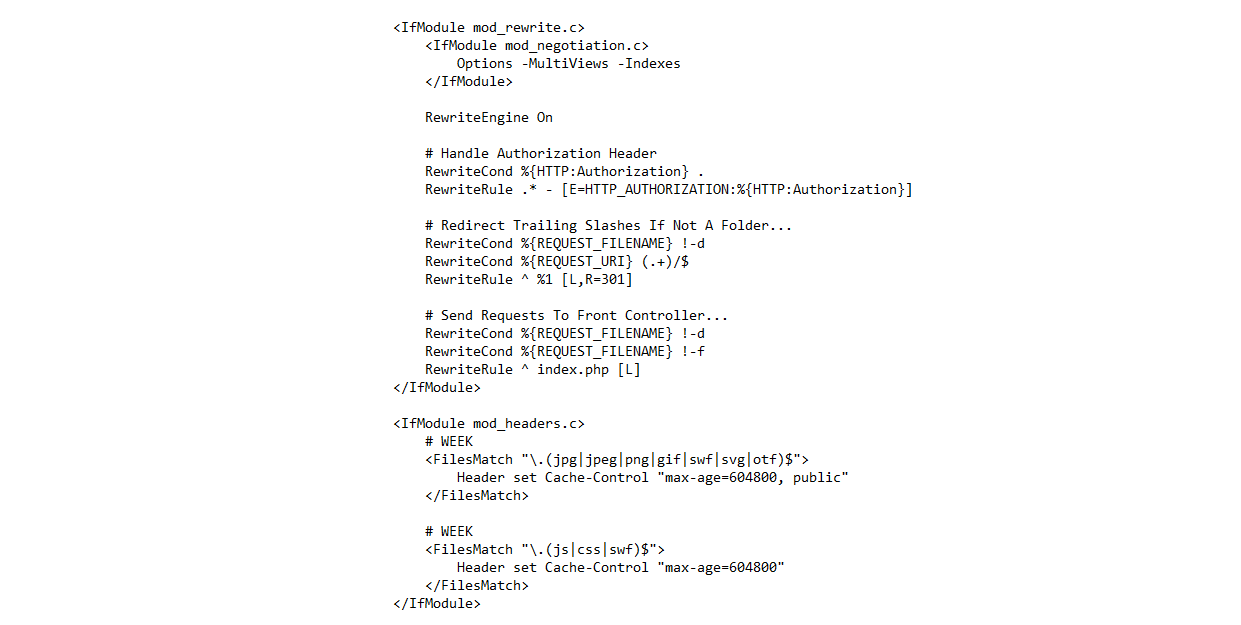
GZIP and Browser Cache a website wi...
July 21,2022
Destructuring and Spreading
August 13,2022
Import Export CSV And Excel File in...
July 22,2022
Laravel 8 Custom User Login and Reg...
July 19,2022Featured Articles

Laravel 9 Custom Login and Registra...
May 11,2023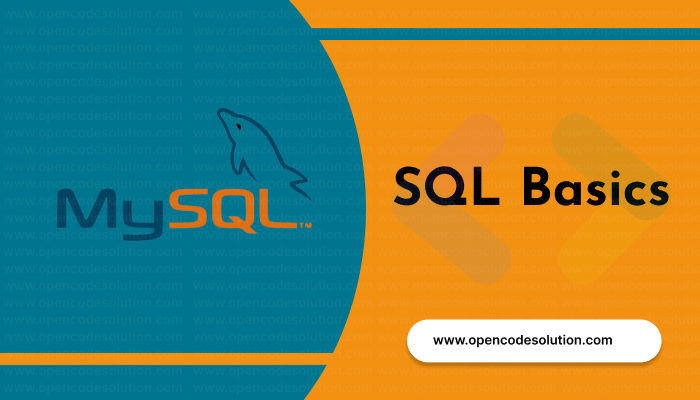
SQL Basics: A Beginner's Guide to S...
May 05,2023
Generating PDF Files in Laravel Usi...
April 26,2023
Laravel Image Intervention: A Guide...
April 26,2023
How to Generate BarCode in Laravel?
April 26,2023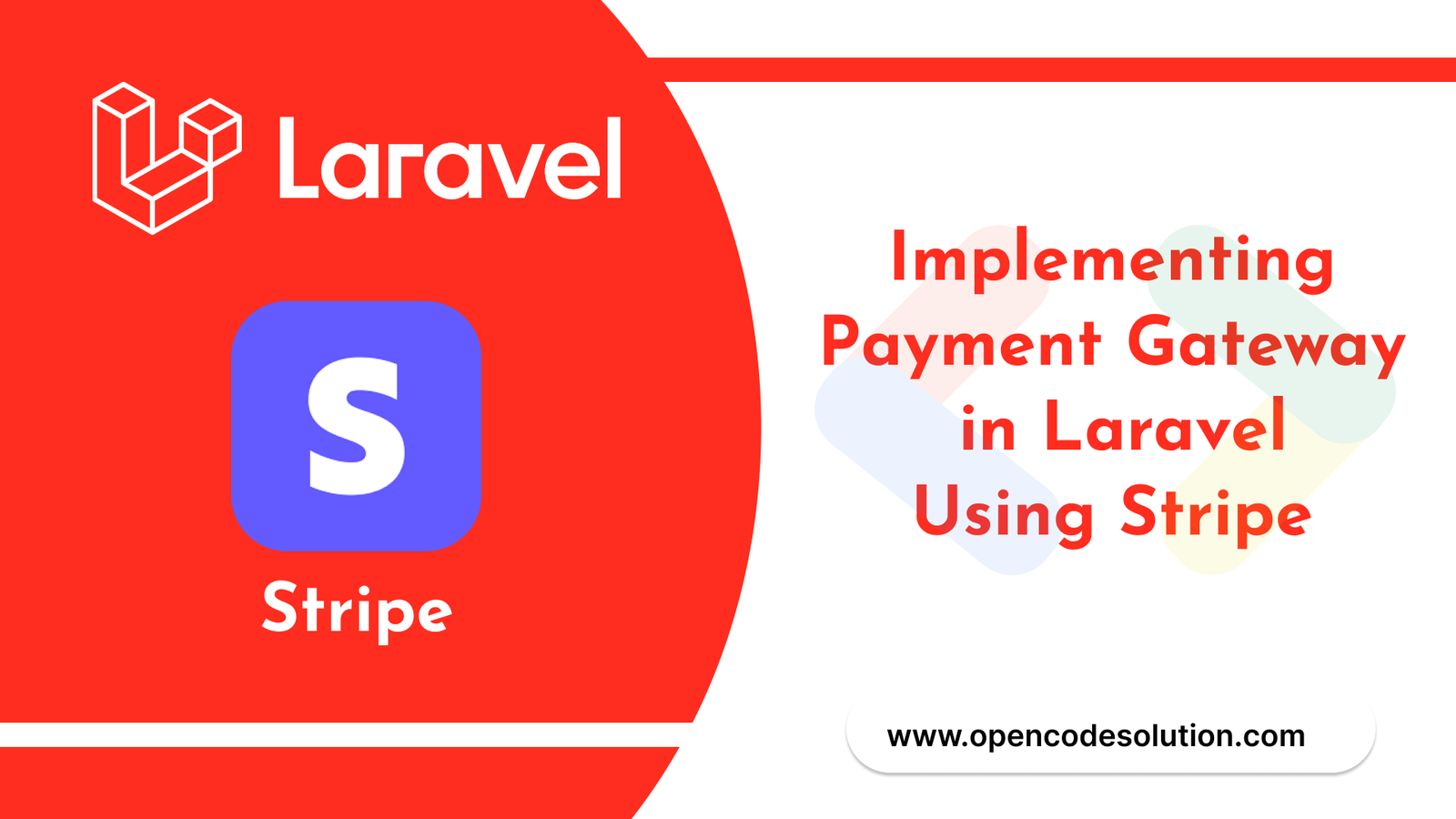
Implementing Payment Gateway in Lar...
March 26,2023
Laravel 8 Model Observers Example T...
March 10,2023
How to use Forelse loop in Laravel...
August 08,2022
What Is Wordpress #1
August 04,2022
Bootstrap Alerts
August 03,2022
Essential JS for PHP
August 03,2022
PHP Sparkline
August 03,2022
Groups in React Textbox
August 03,2022
JavaScript exercise-examples for Be...
August 03,2022
Create Social Login In Laravel With...
August 01,2022
Using Laravel Model Factories
July 30,2022
How to Include Bootstrap 5 in our w...
July 28,2022
What Is Data Structures ?
July 28,2022
How to Validate Your Laravel App's...
July 27,2022
TOP 10 PROGRAMMING LANGUAGES USED B...
July 27,2022
Create Select Options from Enums, L...
July 27,2022
Fast Paginate for Laravel 9
July 27,2022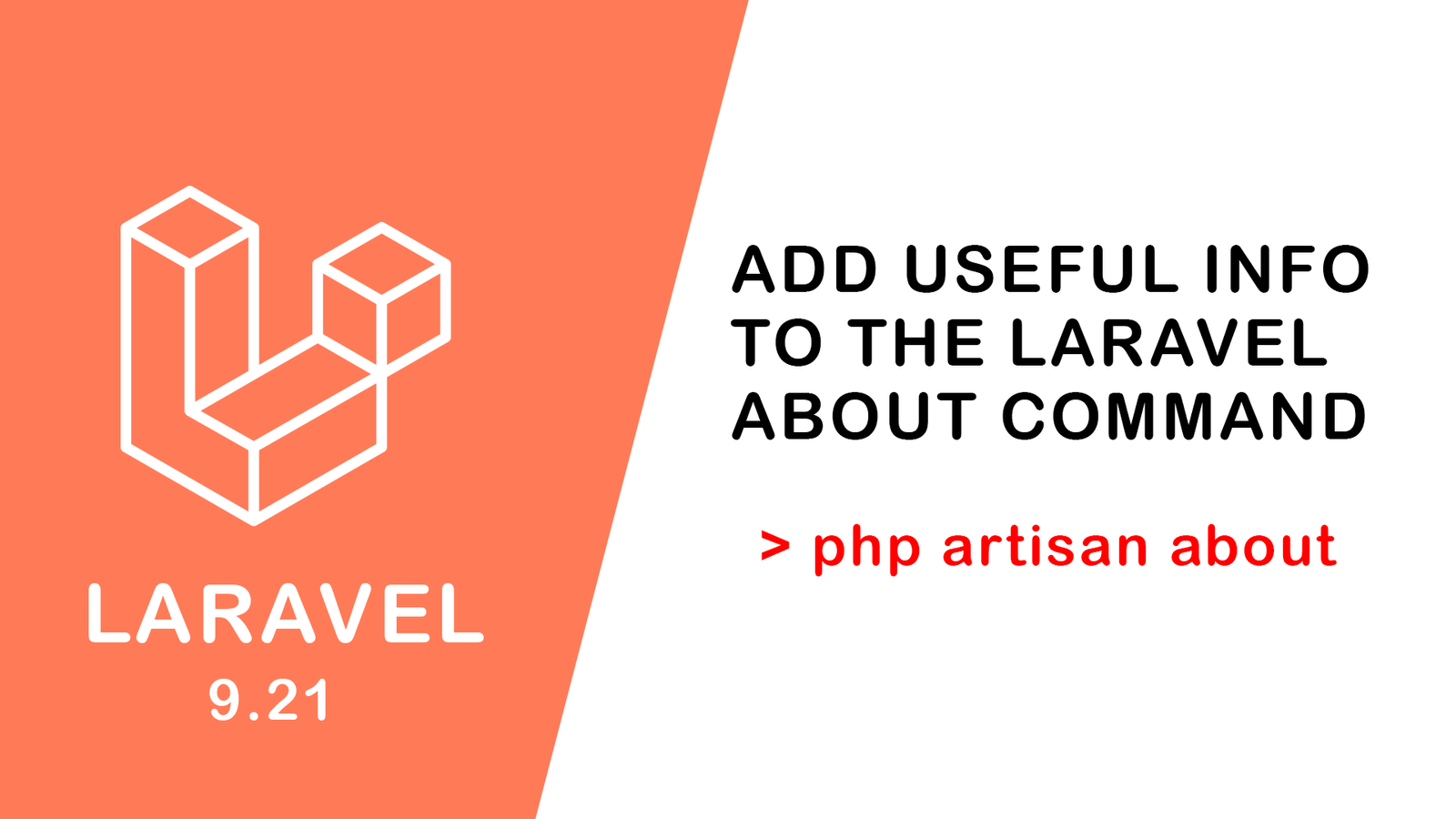
Add Useful Info to the Laravel Abou...
July 27,2022
Learn Most Common Git Commands
July 26,2022
React Hooks: Array Destructuring Fu...
July 25,2022
Laravel 8 CRUD operation
July 23,2022
How to Generate QR Code in Laravel...
July 21,2022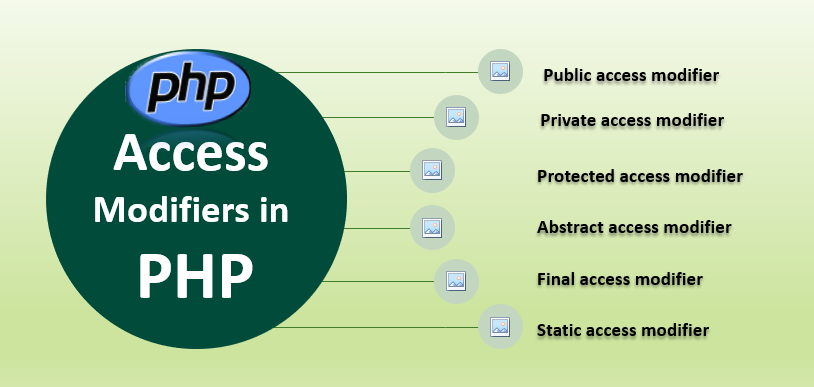
Access specifier in php
July 20,2022

